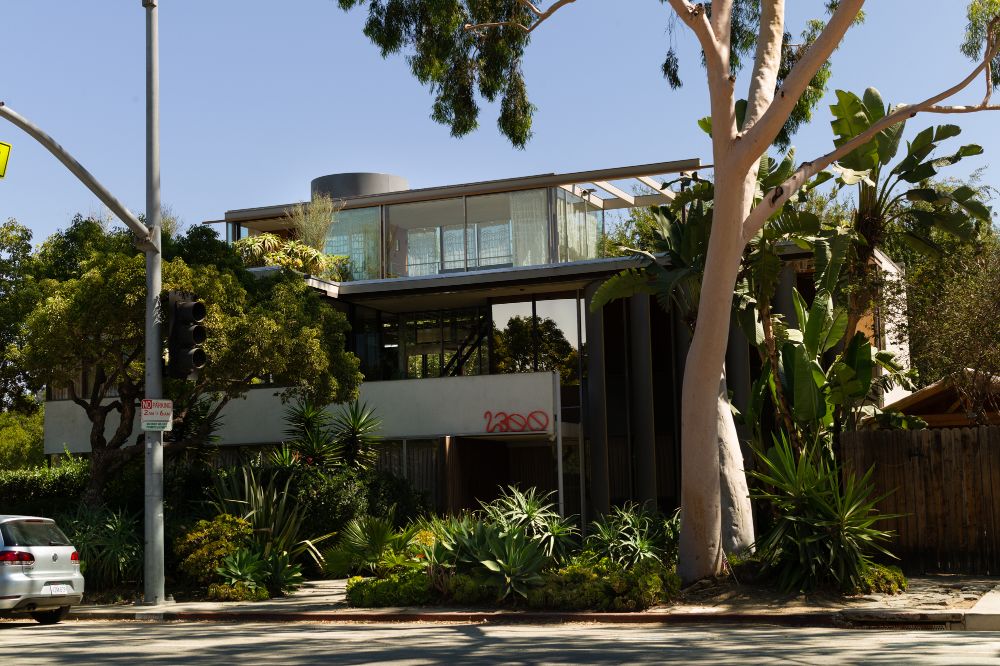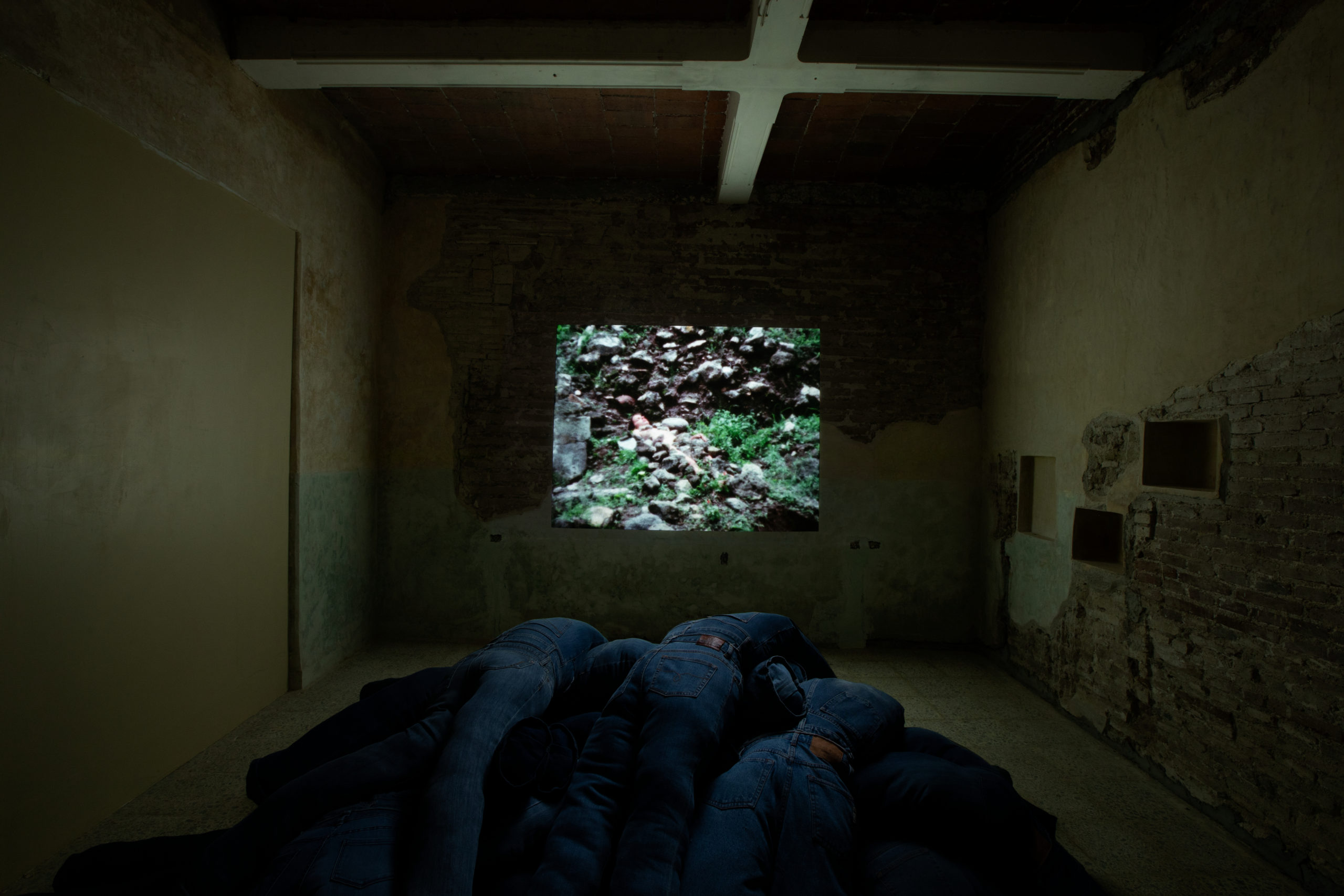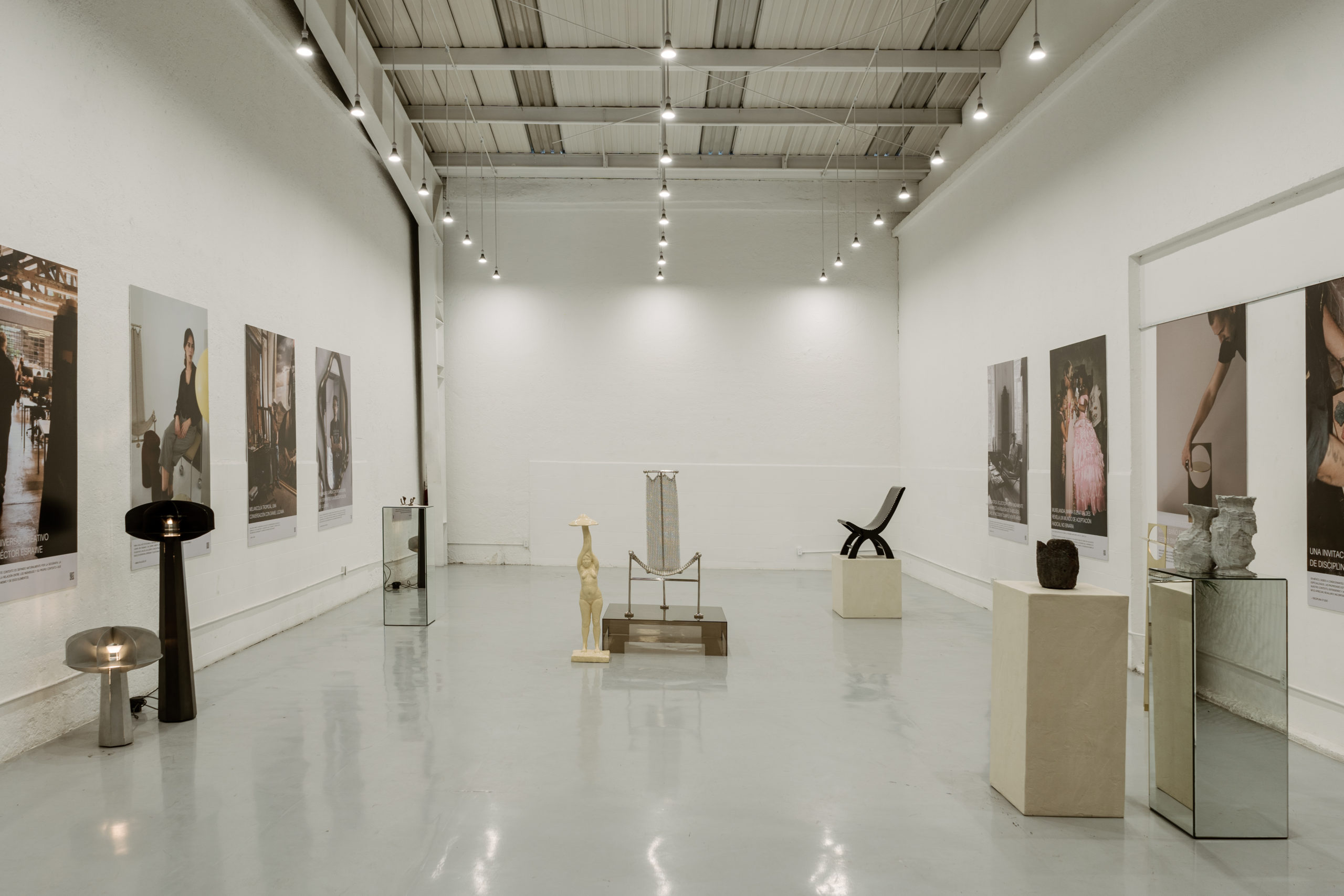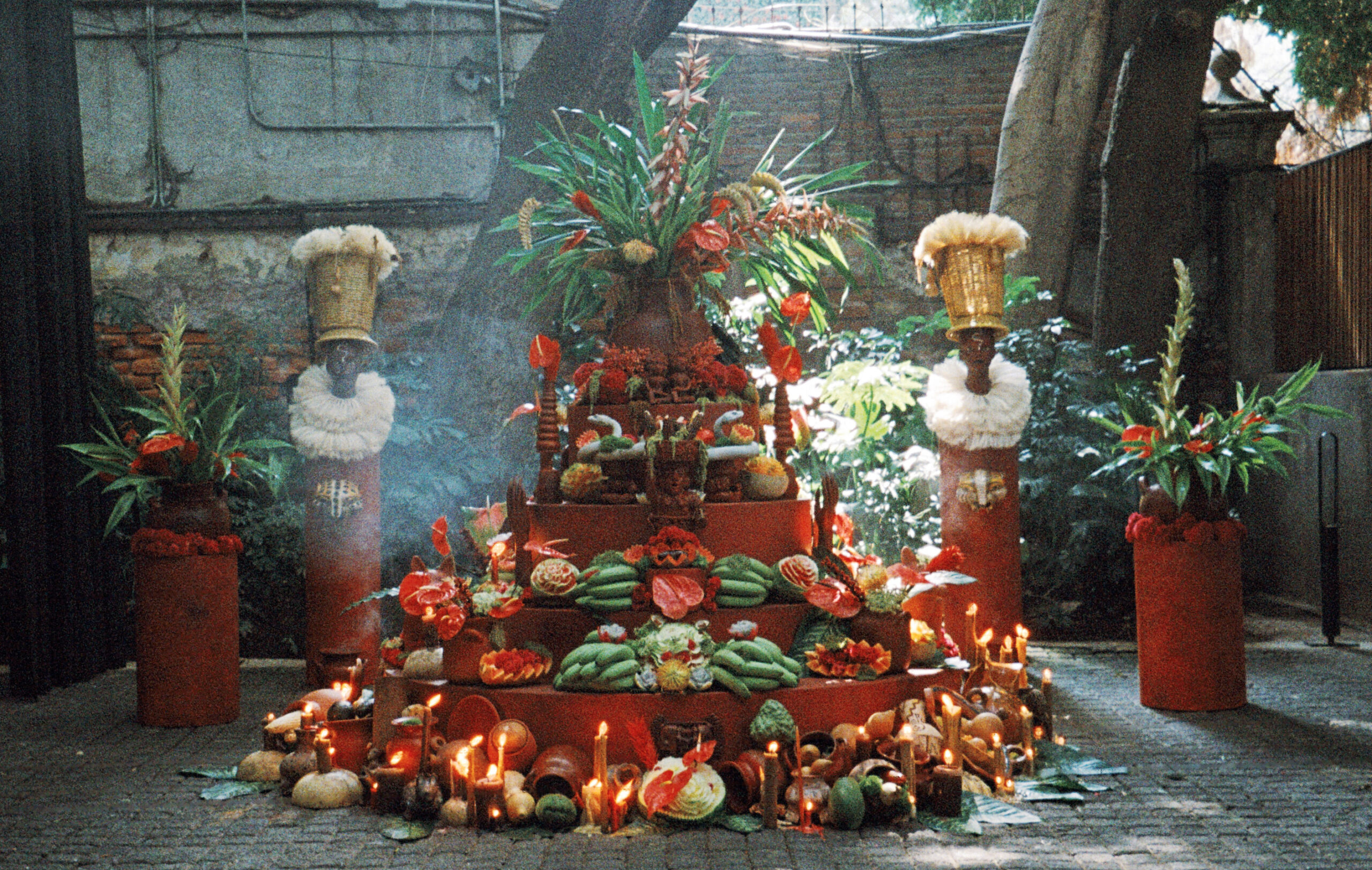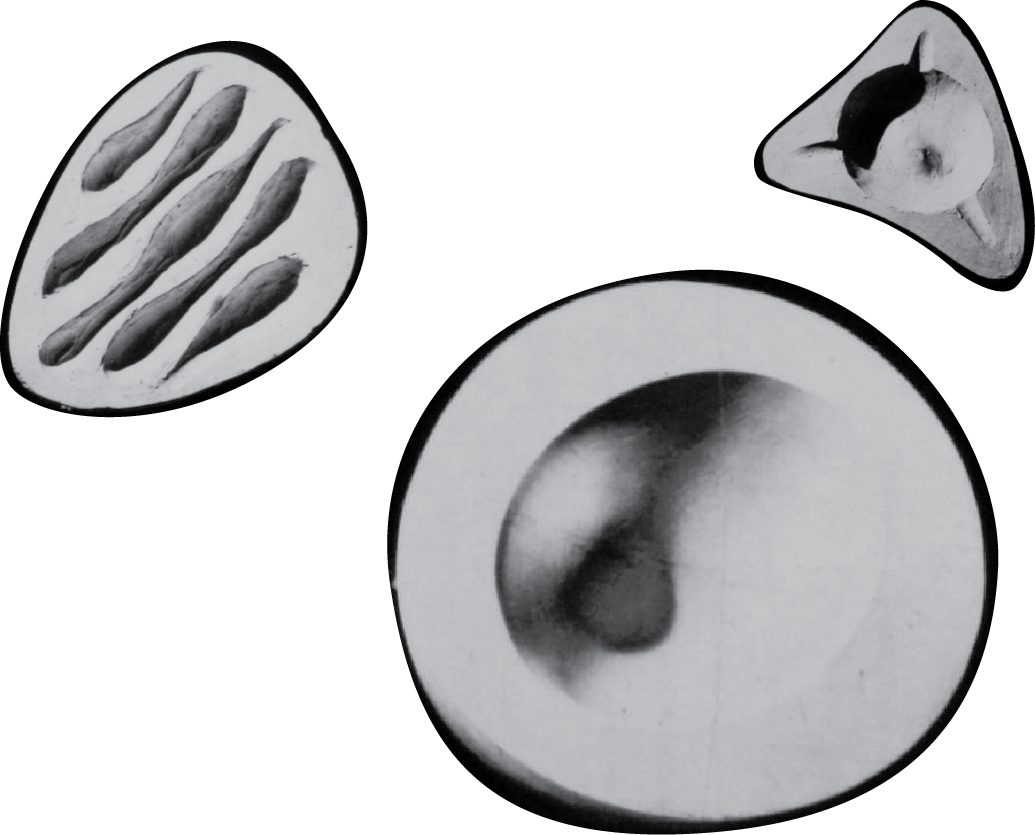AN INVITATION INTO THE POETIC MIND OF ARCHITECT RICK JOY
Photography courtesy of Studio Rick Joy
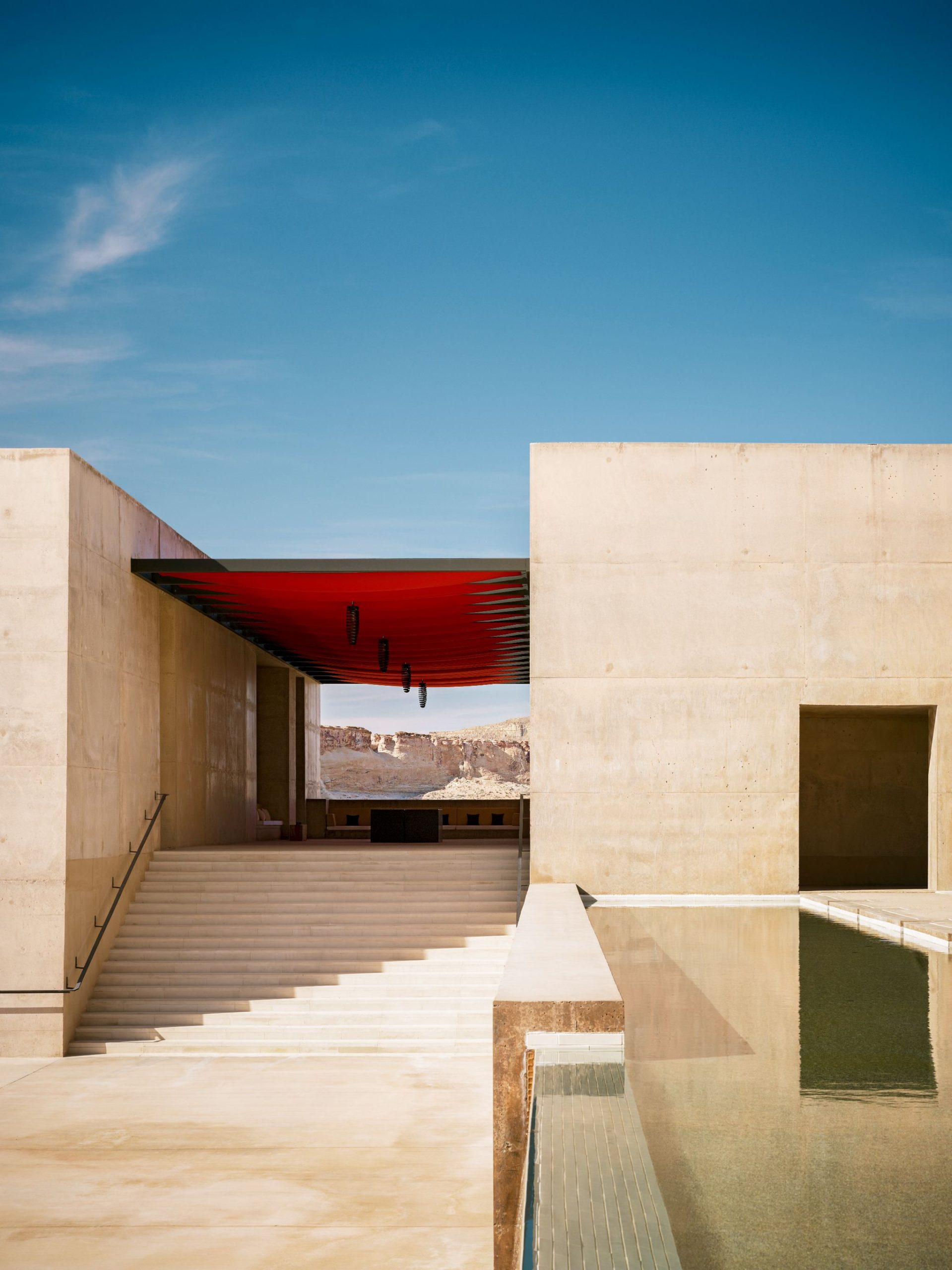
North American Architect Rick Joy has spent nearly half his life creating iconic projects that embody modest luxury, as if each have been designed as a personal invitation into nature. The contrast between his upbringing in Maine and the flora and fauna he found in the Sonoran desert, informed his approach to building spaces for people who inhabit diverse landscapes.
Studio Rick Joy attracts international talent to what he describes as ‘the poetry of the Sonoran desert’. Architects and designers have flocked to Tucson from Iran, Morocco, Chile, and Spain, bringing diverse and dynamic perspectives to their projects.
Since he established his studio in 1993, his award-winning team has built stand out projects such as Amangiri, a secluded luxury resort that harmoniously sits at the base of the Rocky Mountains in Utah. Most recently they’ve completed the One&Only Mandarina Hotel on the Pacific Coast in Nayarit, México. Laying the groundwork for the upcoming Four Seasons branded villas that will feature a cenote inspired interior pool. The musically impassioned architect who began his creative journey as a drummer, says it will be his best hit yet.
MATERIA Editor-in-Chief, Sarah Len, spoke with Rick Joy about his creative origins and the influences on his lifelong journey in architecture.
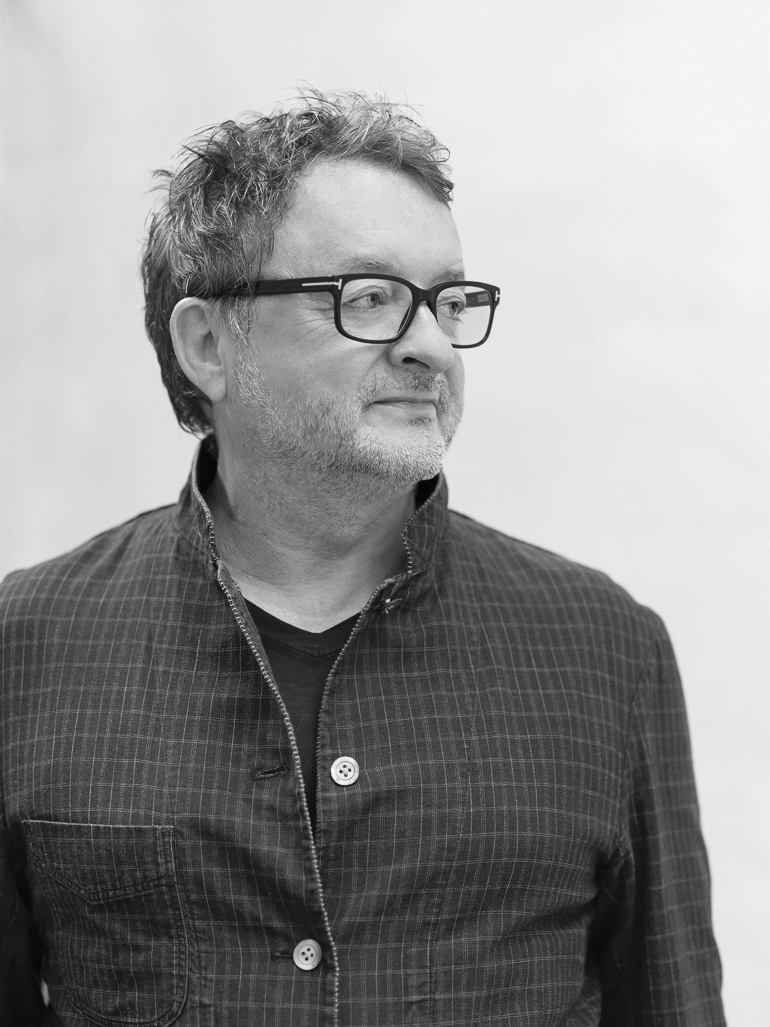
SARAH LEN: How did you arrive in Tucson Arizona?
RICK JOY: A little bit random, but my high school guidance counselor said I’d be good at architecture or as an air traffic controller. The more I develop as an architect, after 30 years, I feel more like an air traffic controller than an architect, just landing planes. They called me in and said Rick you have the highest IQ of anyone in the school, but the lowest grades in the school. So that made me not even try to enter into architecture, because I didn’t know if I had the abilities or will power. Eventually at the age of 28, I decided to enter an architecture school. Back then in the early 80’s you had to call the university and have them mail you a catalog, before cell phones, before the internet, before anything. I’m in Maine throwing cherry wood in my wood stove to keep warm, and suddenly a catalog arrives with a sunset and a sahuaro on the cover of the catalog. I’m going, I said.
We joke that in Maine we have 8 seasons: snow slush, mudd, there’s black flies, there’s mosquitos, there’s grass, there’s leaves. It’s so stimulating here (Tucson). The flora and the fauna are so interesting and so different from what you know in Maine. It was a really amazing energy to learn everything about this Sonoran desert.
SL: I have always felt your work is perfectly harmonious with the landscape and almost poetic, where does that come from?
RJ: My family was financially challenged, so anytime we wanted to celebrate or find luxury in our lives it was always in nature—go to the lake and go swimming, go to the ocean and go swimming, have a picnic in the forest, watch the bears get drunk on apples. All that stuff was the best luxury you can possibly have. I have asked my clients, why did you hire me and they’ve said, “we knew you could bring nature into our lives”.
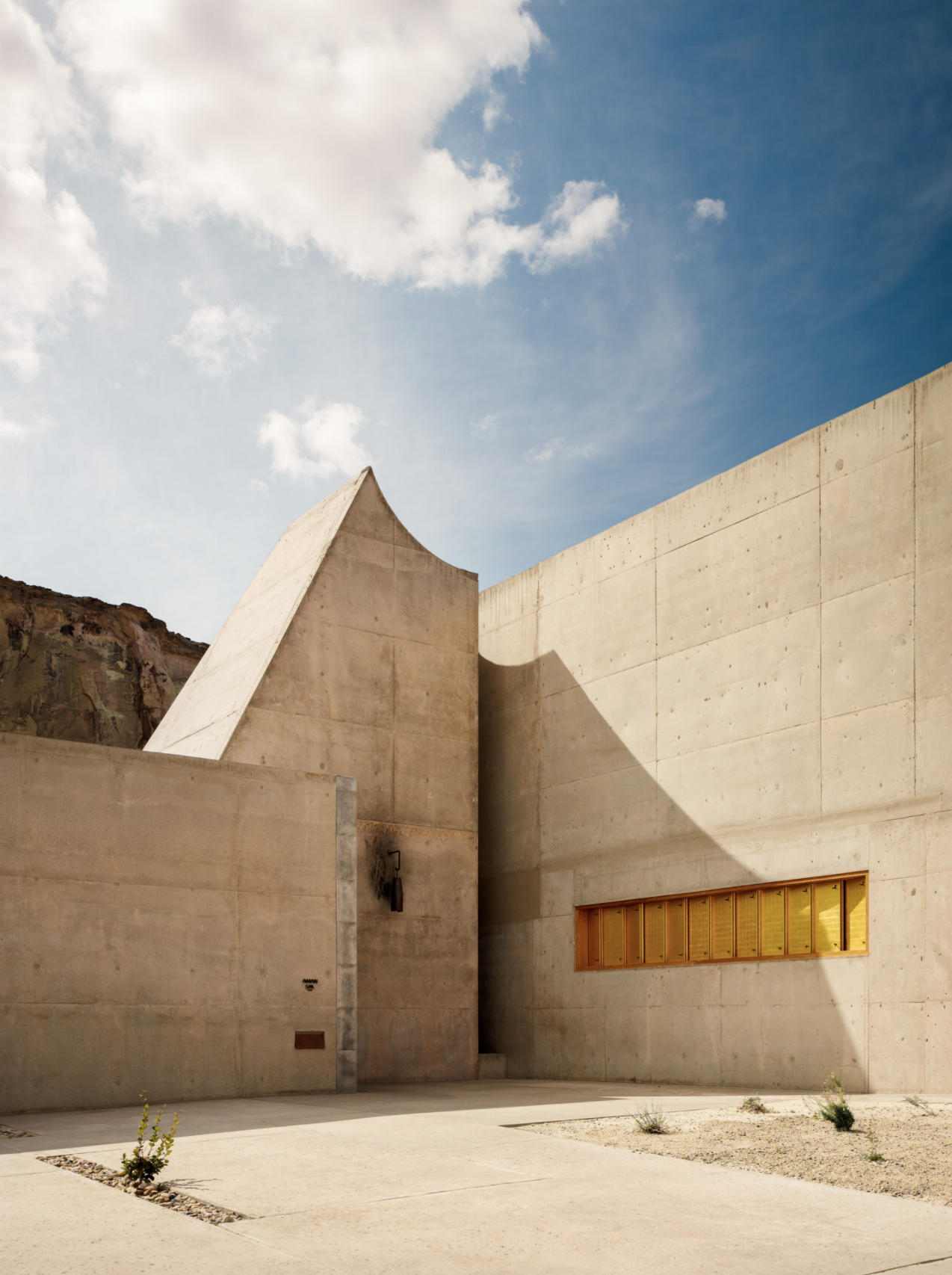
Amangiri Resort and Spa located in Utah features a horizontal structure that curves with the natural rock formations at the base of the Rocky Mountains. Studio Rick Joy designed the secluded luxury resort using an array of materials and textures to create mini portals that activate the senses and bring guests seamlessly closer to nature. Joy traveled the world visiting the Amans which are located in over 20 countries. When he finally set foot on what would be the site, he recalls he wore a ‘Clint Eastwood hat and Teva sandals, thinking this was going to be fun for a year, but then it turned into 12.’
SL: Tell me more about working on Amangiri? What did you learn about hospitality design?
RJ: It was pretty grueling. I made really good friends with the Chairman, Adrian Zecha. We flew around the world looking at all the Amans. And he had me fly around the world again, for several years looking at possible sites for the Amans on his behalf. All that is pretty fun, meeting with ancient Incas in Peru. Everyone signed letters with an X, crazy cool stuff. It took 12 years from the first time I walked the site. I was in a Clint Eastwood hat and Teva sandals, thinking this was going to be fun for a year, but then it turned into 12. I’m 63, that was 12 years, school was 9 years, and we just finished the Mandarina at the One&Only, which took 8 years–that’s half of my life.
In the neighborhood of Polanco, a block away from Chef Enrique Olvera’s sensational Pujol restaurant sits Tennyson 205, Studio Rick Joy’s first building constructed in México. The 5 story concrete residence is balanced out by lush interior planters, windows that allow natural light to seep into angular dark corners and oak planks that make up the ceilings and floors. The studio also found moments to bring in one of a kind objects such as Torso Volcanico, a sculpture made of pigmented concrete made by art and design studio Tezontle.

SL: What projects have you designed in México? And do you have more work planned for México?
RJ: There’s the Tennyson 205 and we’re working on some Four Season’s branded villas down in Costa Palmas. Currently, there are two, an ocean front and marina. It’s some of our best work, which you want to have as you develop a career, have this latest song be the best one ever written. I mean Paul McCartney has that. The marina one has the pool inside the compound of a house and it’s basically a cenote.
SL: What is one of the differences you notice working in México vs The United States? What stands out to you working in México?
RJ: I visited México 25 times and each time I went they’d ask details that were on the drawings, but they were never on site. What’s kind of fun and frustrating at the same time is that it’s an artisanal world. A guy who does concrete, doesn’t want to be told by an American guy how to pour concrete. What’s miraculous is it came out perfect. I figured it out, I loved watching the process. It’s like those cop shows from the 80’s where they have a meeting in the morning where they tell the officers what to do and they just go out and do it. That’s how the contractors do it down there.
México City is my favorite city in the world. I’ll continue to keep doing work in México. The restaurant at the Mandarina is Enrique Olvera. It’s just a real blast to be doing a restaurant for people that are so switched on. Batteries included!
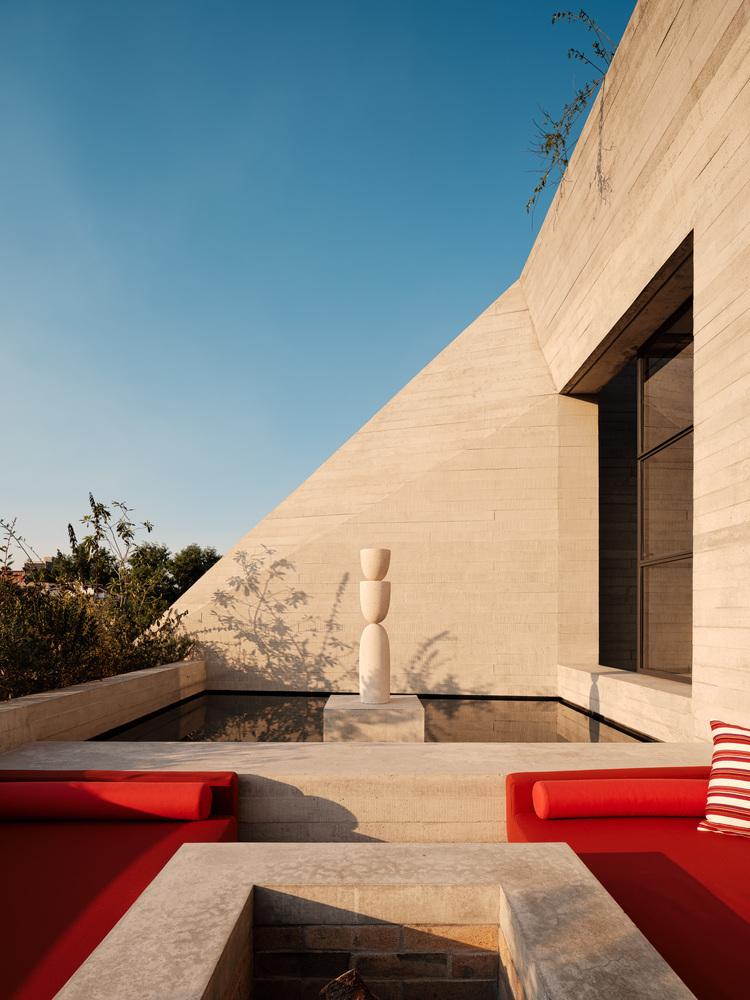
SL: How do you think our values have shifted in the past few years (since the pandemic) and how do you think that will affect architecture and the spaces we inhabit?
RJ: I’ve hit my fill with hospitality and developer projects, I’m just not into it anymore. And then I realized that people were calling and applying at my office because they read Desert Works, or our new Studio Joy Works and they saw those beautiful little poetic houses. That’s what we’re doing right now. I want to bring that kind of life into the studio, we’re doing houses.
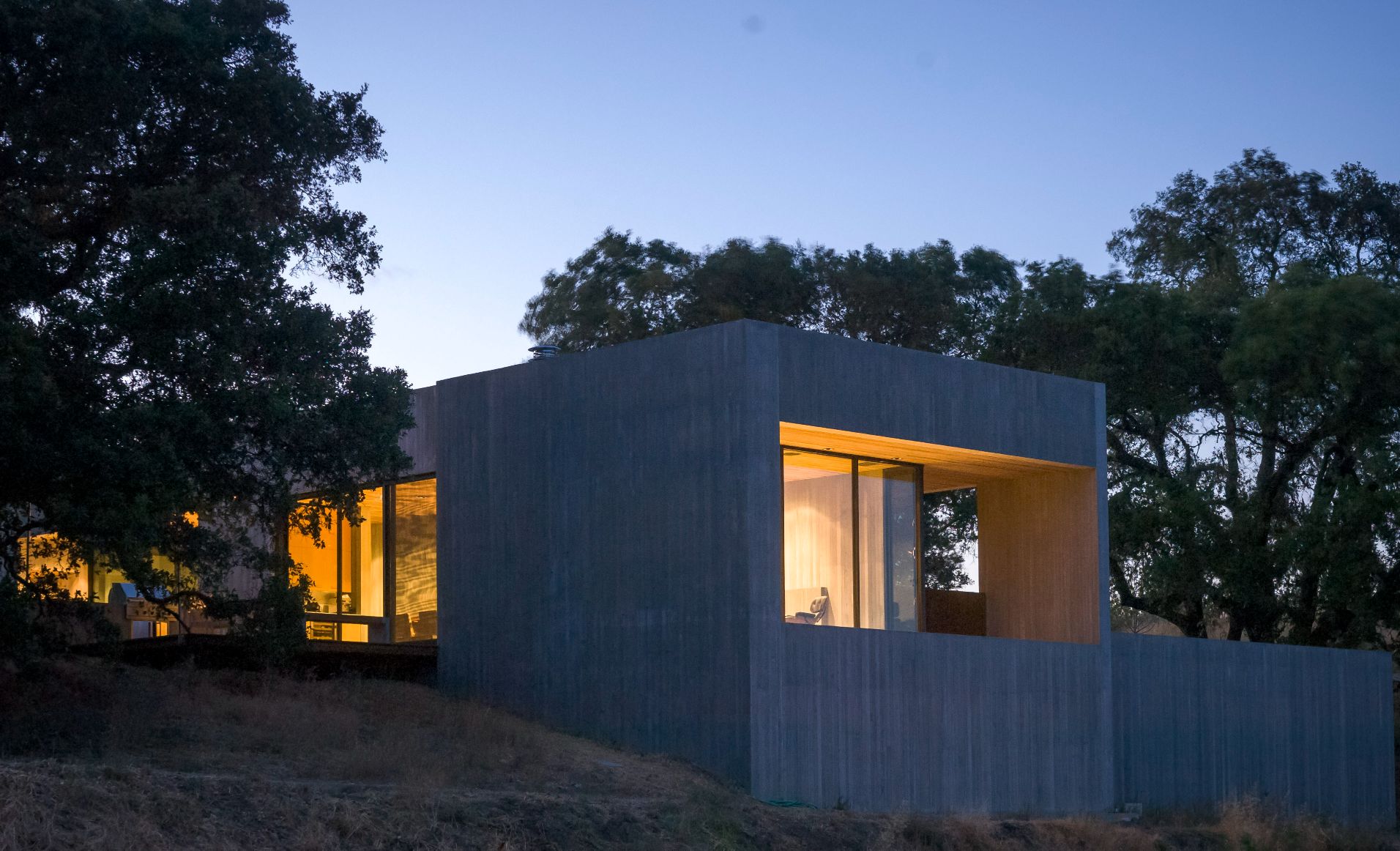
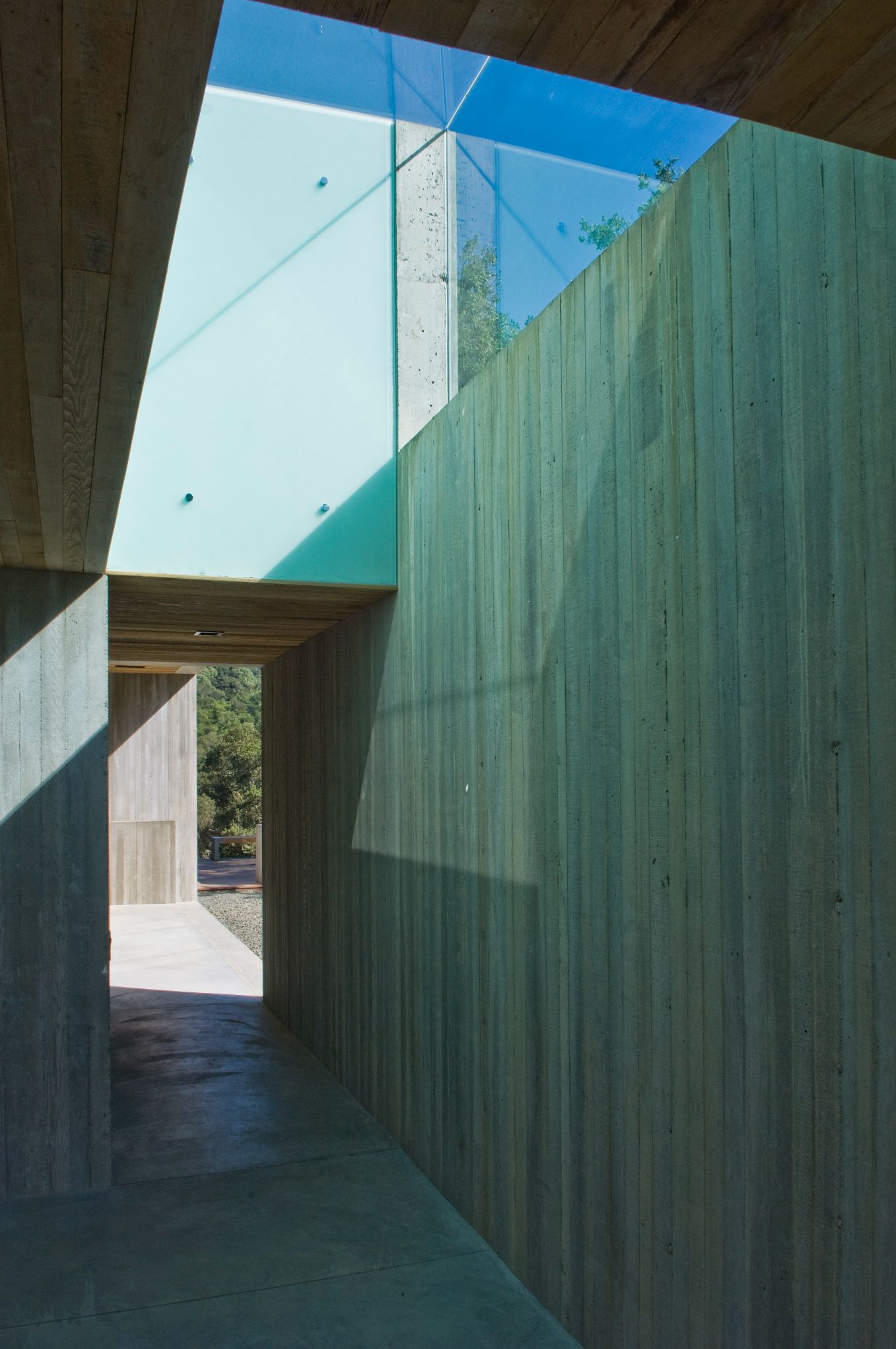
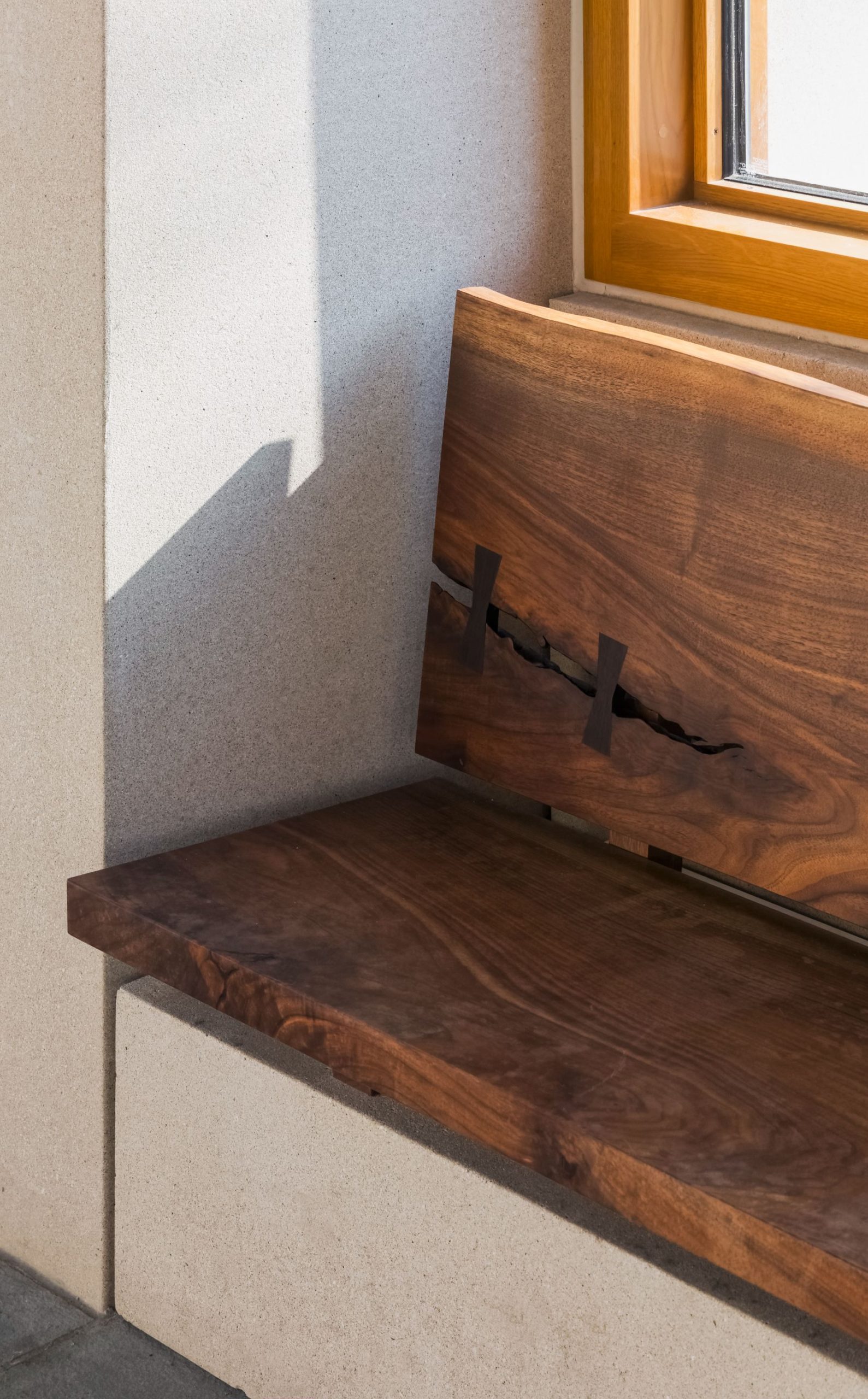
Princeton Transit Hall and Marketplace was a stimulating opportunity for Studio Rick Joy to explore original design in the public domain. Stepping away from the Gothic vernacular of the north eastern Princeton campus, the structure features a slanted steel roof, sandy concrete columns, and black walnut benches designed by woodworker George Nakashima. Besides being a welcomed pause for train passengers, Joy lights up when he tells us that it has become a destination for couples on their wedding day, transforming the transit hall into a chapel. ‘The guests were all sitting on Nakashima while the bride and groom were saying I love you. You get very few projects in your life that are stimulating like that and for me that one reminds me what my last name means, everytime I see it.’
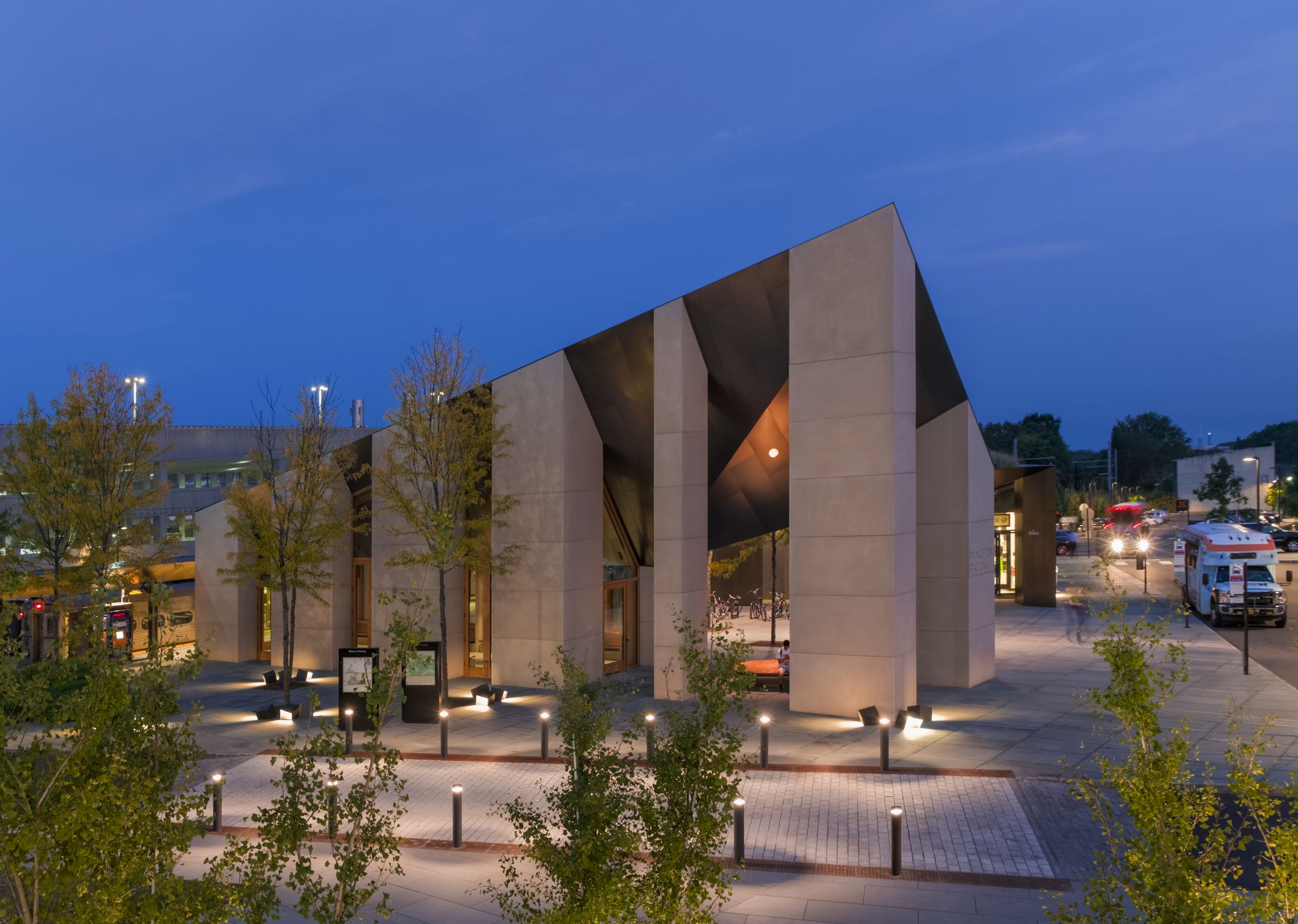
SL: What shifts are you seeing in architecture and design at the moment? What are clients asking for now that they didn’t ask for before?
RJ: I keep thinking that I’ll see more public housing, more lower income or any of that kind of stuff. But it’s just not happening. People are not wanting to spend their money on that.
SL: Are you personally interested in social projects?
RJ: Yes, but I also have strong philosophies. I don’t think it’s a good idea to have a whole bunch of people who are financially challenged living in a compound together. I think it would be better and I have looked into it, there are a lot of vacant houses in Tucson and Boston and everywhere. If it could just be sprinkled in, people could live in a more dignified way than just entering a gate with a guard in a low income housing projects. I’ve always thought about that. I get a lot of hassle when I do international lectures, why I don’t do more social housing, well because no one calls me to do it.
SL: What is your dream project, if there was a limitless budget, what would you create?
RJ: A museum. One of the biggest thrills for me was, I loved doing Aman and Mandarina. We did the Princeton Transit Hall and five other buildings in the gateway to Princeton, in New Jersey. It was the first time we completed a public project and I would really appreciate doing more of those. I don’t mess around with that stuff, the benches in that project are from Nakashima. Dozens of people have walked over from the country club over to our transit hall because it’s more like a chapel than a transit hall. The guests were all sitting on Nakashima while the bride and groom were saying I love you. You get very few projects in your life that are stimulating like that and for me that one reminds me what my last name means, everytime I see it.
SL: How do you measure success?
RJ: We came in on number 10 for the Obama Library in Chicago.
SL: What can clients do to allow you to do what you do?
RJ: Engage with me. When a client says, we just want you—the Bayhouse was like that, Princeton, Amangiri—it’s incredibly rewarding.
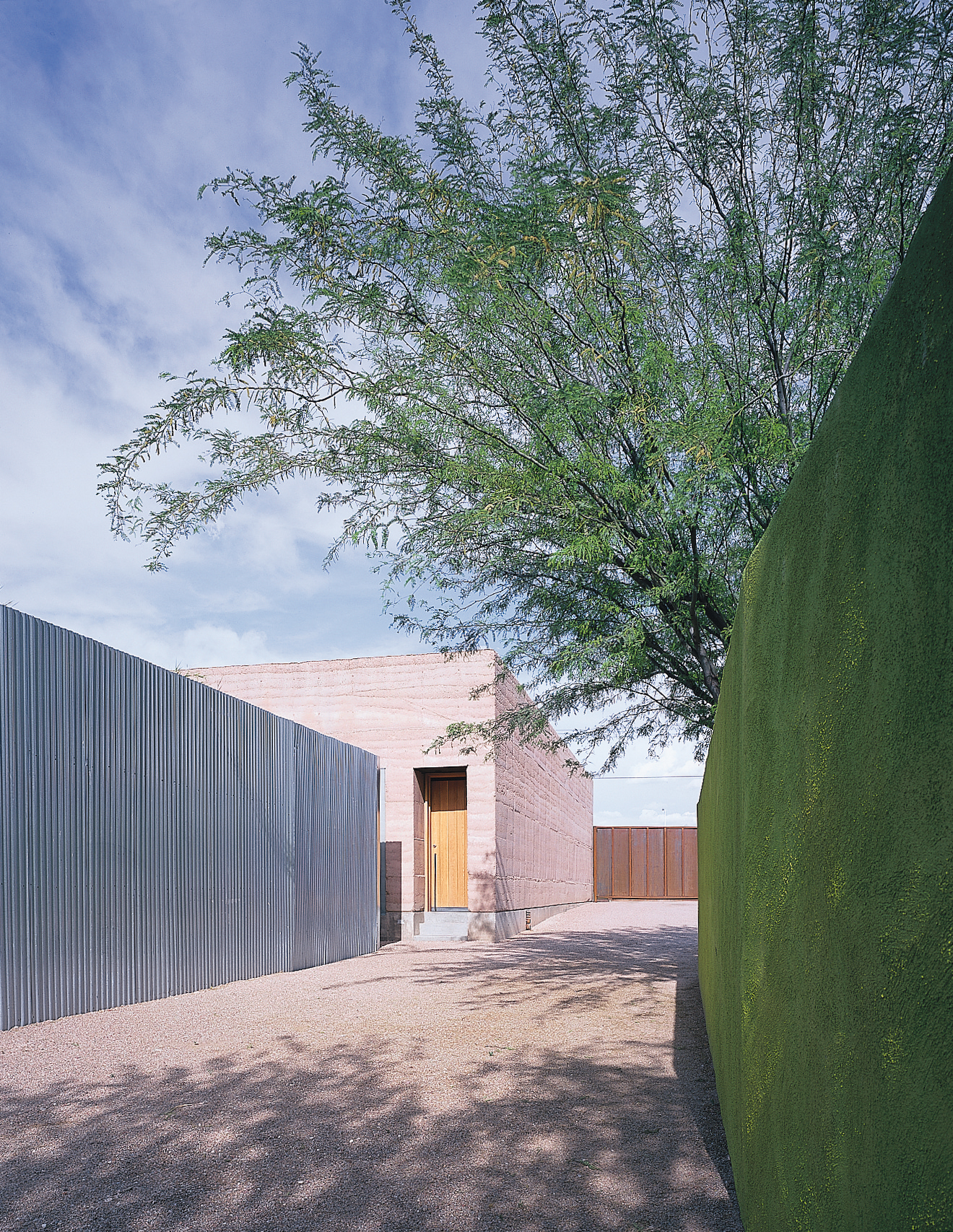
400 Rubio Avenue is where Studio Rick Joy has developed an ‘introspective work environment’ that attracts international design talent to the Sonoran desert. The Tucson-based studio describes the space as a building of walls. There are rammed earth walls, glass walls and reflective metallic ceilings–elements that bring together the two main spaces: open interior office and exterior courtyard.
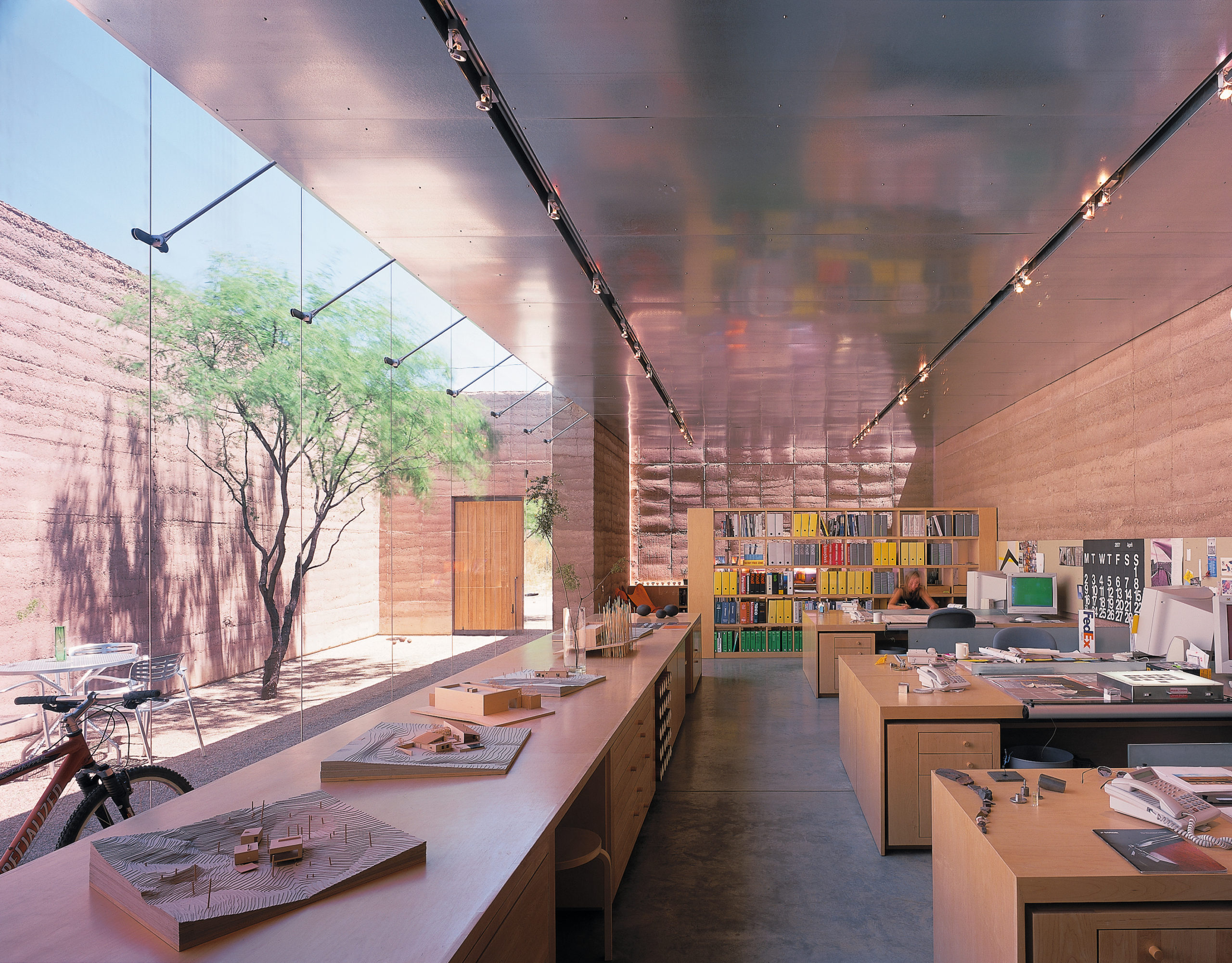
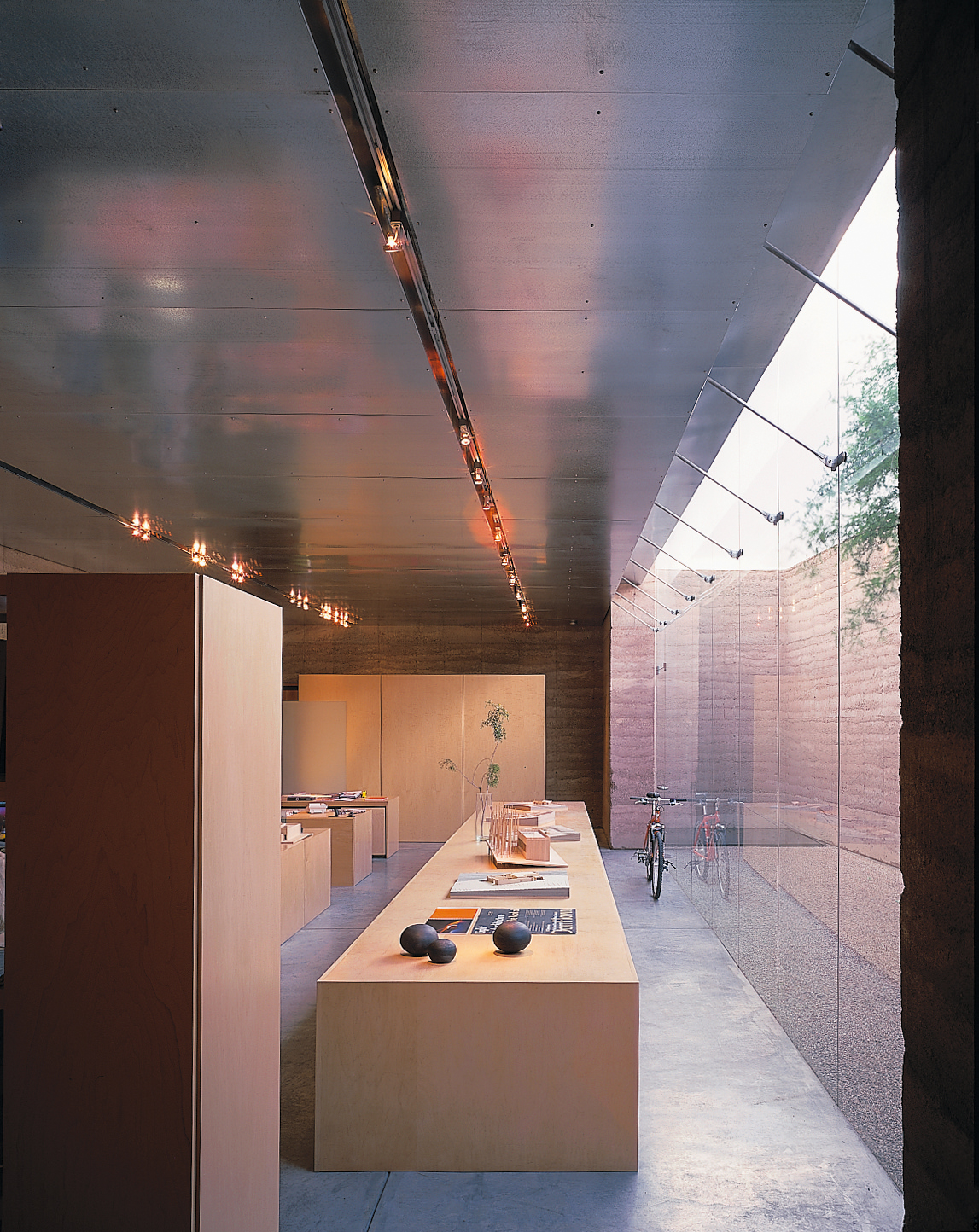
SL: What is one of the biggest lessons you’ve learned since you started your firm in 1993?
RJ: It started with Burton Barr at the Phoenix Central Library. It’s the best building in the country. I spent three years in the building. When you start an architecture firm, there are problems such as not being able to afford enough insurance and good pay. But now we have all that, we have family leave, we have 401k’s, everyone has good salaries. It’s completely rewarding to pull together a group of people that you just love. It’s such a thrill for me to walk into the studio. I try to avoid it, I’ve been labeled the Distractor-in-Chief. I learn more from them than they learn from me.
SL: What is next for Studio Rick Joy?
RJ: Well we just hired four more people which is a thrill. From México and Morocco and we’re working on someone from Madrid. We’ve had over seventy people from other countries working in the studio. Currently we have people from Chile, Iran, Sweden, South Africa, Austria, México.
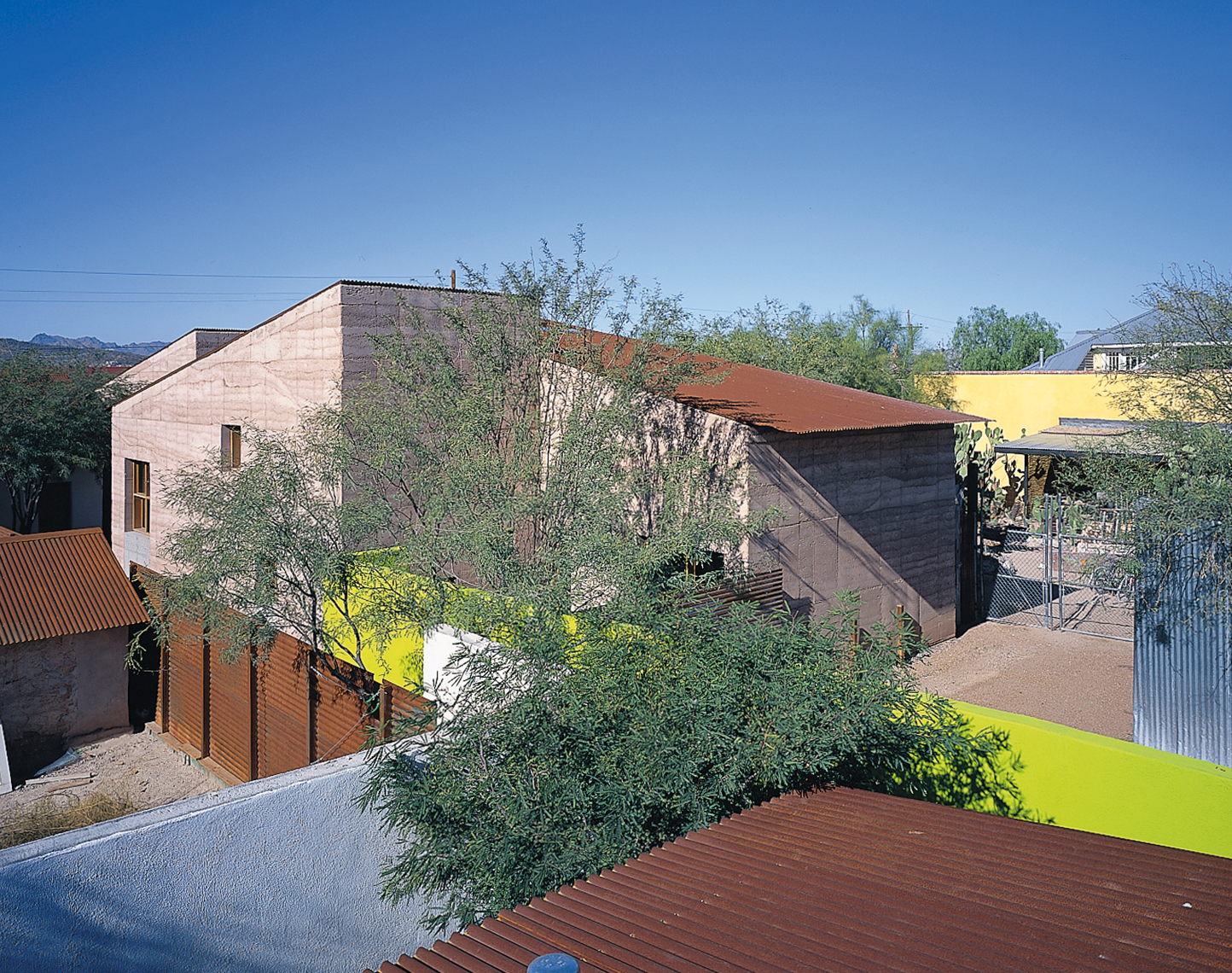
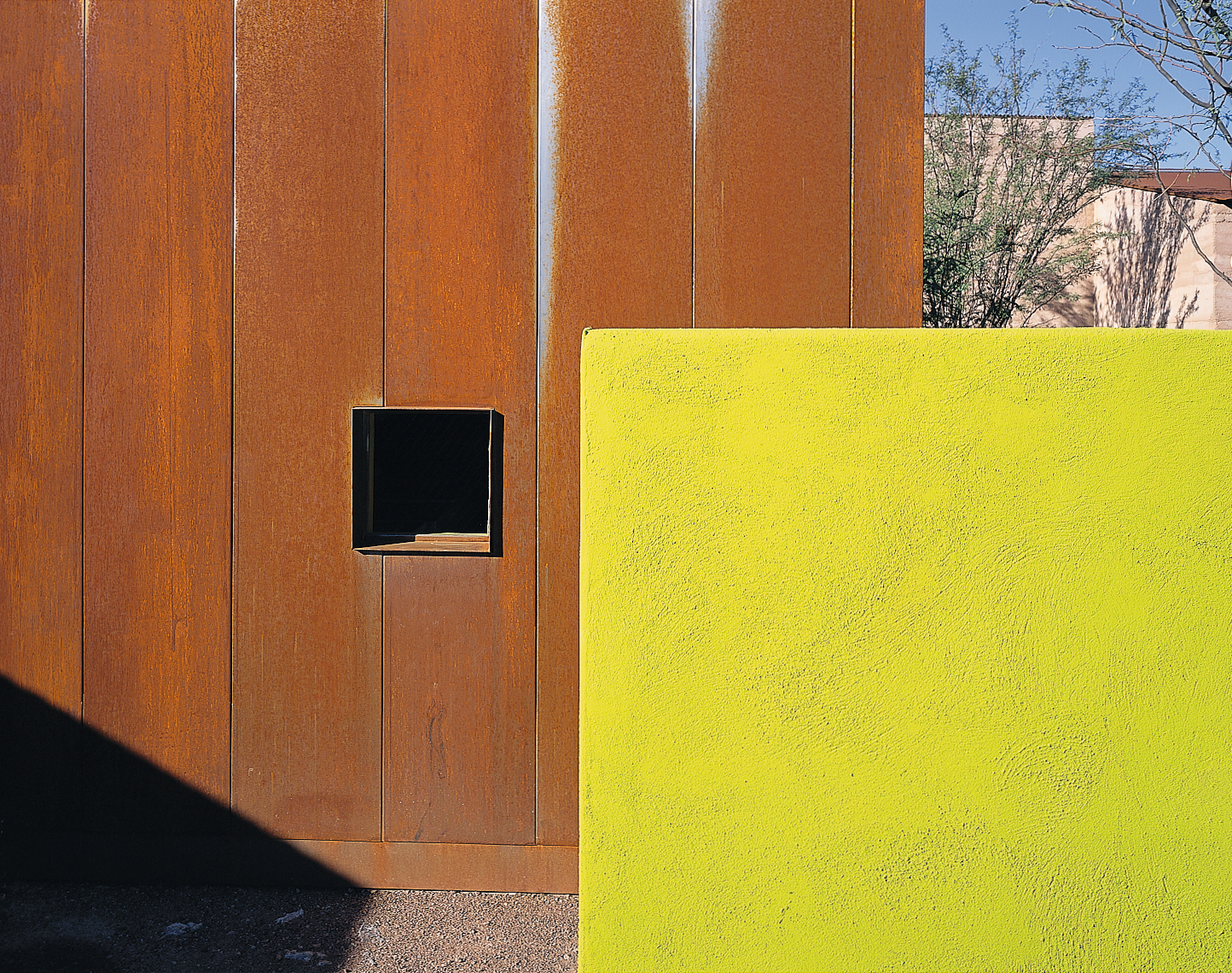
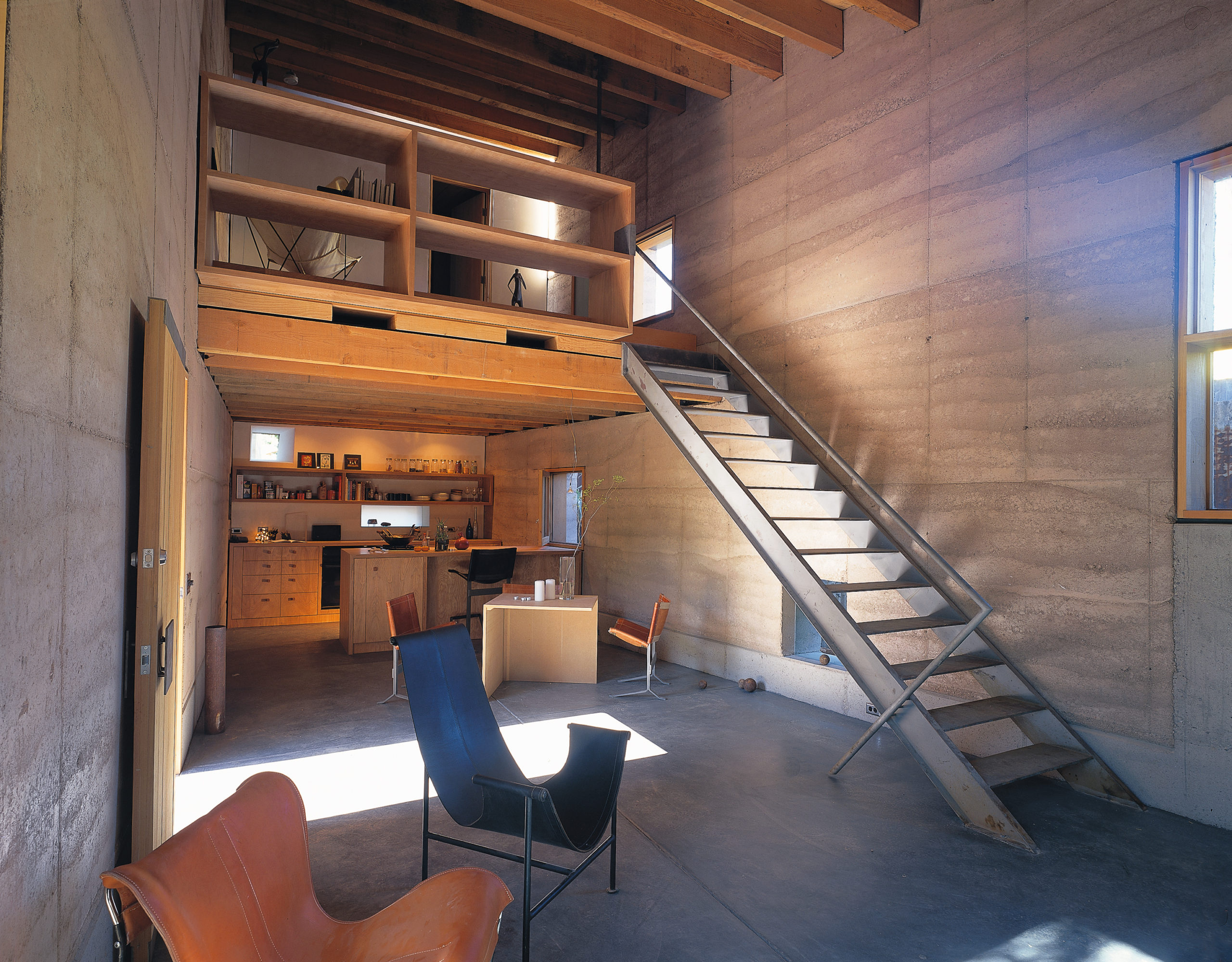
CONVENT AVENUE STUDIOS PHOTOGRAPHY BY BILL TIMMERMAN
SL: What are your greatest influences, designers you reference?
RJ: I’ve learned over the years to only reference architects that are dead. I once said I liked the work of Peter Zumthor and the clients went and hired him. Sigurd Lewerentz, Aalto, Luis Barragán, those are the architects who resonate the most. In terms of places, when I was younger, I’d go to Paris to see the Eiffel Tower and see Jean Gavel’s buildings. But now I just go sit on the corner and watch the culture of people. It’s much more revealing. Tucson has its own thing, but going to Barcelona and walking out in the rain stopping for an espresso, then later a glass of wine. You know just sitting on the corner and watching people, seeing how they act.


